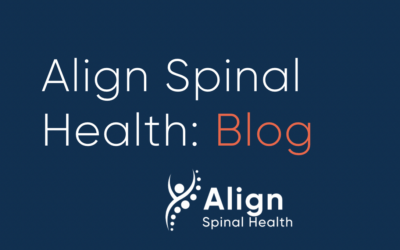Pain stemming from the facet joints is termed “Facet Dysfunction.” The facet joints become inflamed and may cause pain, soreness and stiffness. Patients often report increased pain with extension or prolonged periods of inactivity like sitting or standing too long. Changing positions often improves pain. Facet Dysfunction pain may feel worse in the morning and improve after moving around as the day progresses. However, for those who work sitting all day with poor posture, they may experience pain throughout the day
Causes
Facet Dysfunction can be caused by trauma, such as a whiplash injury of the neck. Abnormal posture and alignment can overload spinal tissues, including the facet joints, and cause inflammation and pain in these joints. More commonly, degenerative changes in the cervical, thoracic and lumbar spine can lead to abnormal stress and strain. This results in increased loads on the facet joints.
Signs & Symptoms
-
- Cervical facet joint pain can be felt in the areas of the base of the skull, upper back and shoulders, mid-back or neck. Some patients may present with frequent headaches or even ringing in the ears.
- Thoracic facet Dysfunction is less common than cervical and lumbar facet Dysfunction and is probably related to restricted motion at these levels due to the rigidity of the thoracic spine. Pain experienced in thoracic facet Dysfunction is likely to be felt locally near the affected segment near the midline.
- The lumbar spine has considerable motion and high compressive forces. Facet pain from these joints is quite common. Pain is usually felt directly over the affected joints, but may also be felt in the buttocks, hips, groin, and back of the thighs depending on which facet joint is injured.


